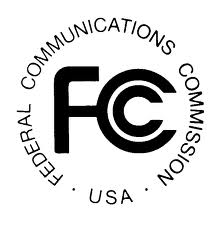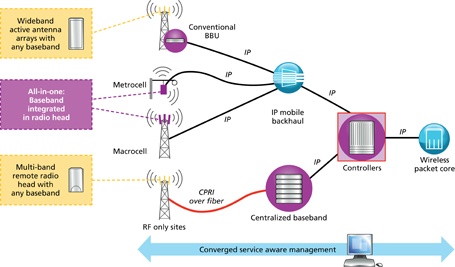 Yesterday, January 25th, the FCC released a public notice titled, “WIRELESS TELECOMMUNICATIONS BUREAU OFFERS GUIDANCE ON INTERPRETATION OF SECTION 6409(a) OF THE MIDDLE CLASS TAX RELIEF AND JOB CREATION ACT OF 2012” (DA 12-2047).
Yesterday, January 25th, the FCC released a public notice titled, “WIRELESS TELECOMMUNICATIONS BUREAU OFFERS GUIDANCE ON INTERPRETATION OF SECTION 6409(a) OF THE MIDDLE CLASS TAX RELIEF AND JOB CREATION ACT OF 2012” (DA 12-2047).
As an aside, I note that the Commission did not consult with its own Intergovernmental Advisory Committee, much less advise them of the release of this Guidance in advance.
The Commission crafted its Section 6409(a) Guidance to provide the public its own view of how state and local governments should interpret the following self-created questions:
- What does it mean to “substantially change the physical dimensions” of a tower or base station?
- What is a “wireless tower or base station”?
- May a state or local government require an application for an action covered under Section 6409(a)?
- Is there a time limit within which an application must be approved?
I’ll let you read the Guidance for yourself (see link below) to learn the Commission’s thoughts in response to its four questions. I’m not going to get into my specific thoughts about the Guidance other than to say that it is flawed and overreaching in most areas covered. The only bright light is that the Commission did recognize that carriers are not exempt or excused from following the state or local government application process for collocations covered by Section 6409(a).
Importantly, however, there is about a 103% certainty that wireless carrier representatives will show up to local governments toting a copy of the Guidance misrepresenting it as the way that 6409(a) must be read and understood by those governments. That will be factually incorrect, but its tough for planners at “the counter” to critically evaluate a document bearing the FCC seal. That critical evaluation and the inevitable challenges to the Guidance will be a job for attorneys and stakeholder organizations like NATOA.
At the end, the Commission’s Guidance is advisory only. Given the fundamental omissions and differences in Section 6409(a) (some of which are acknowledged by the Commission), Section 6409(a) remains a moving target, as does compliance with that moving target.
Click here to read the FCC’s Guidance on 6409(a)

 March 3, 2011: 2 hour live teleconference
March 3, 2011: 2 hour live teleconference